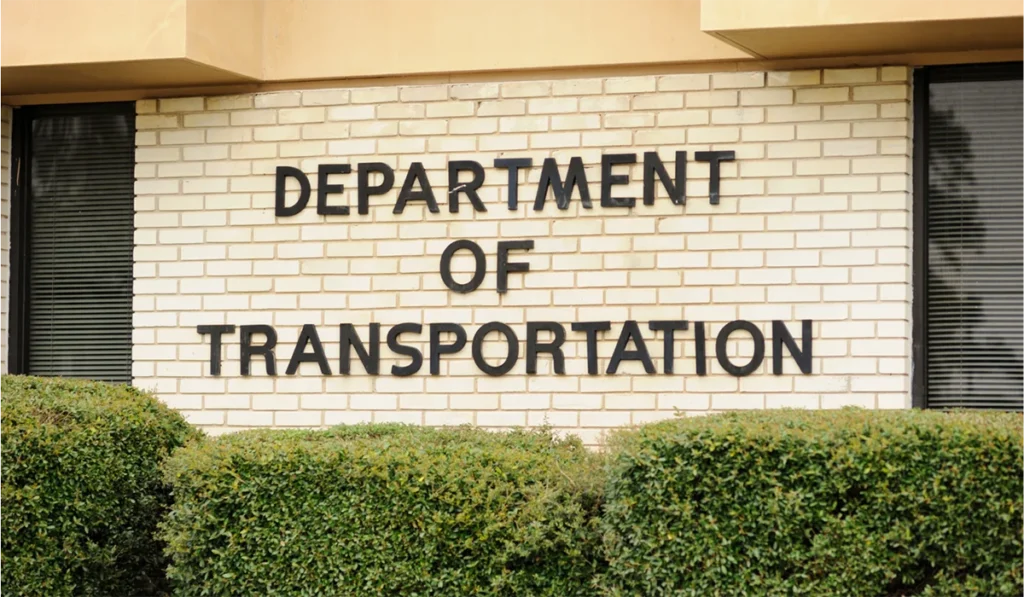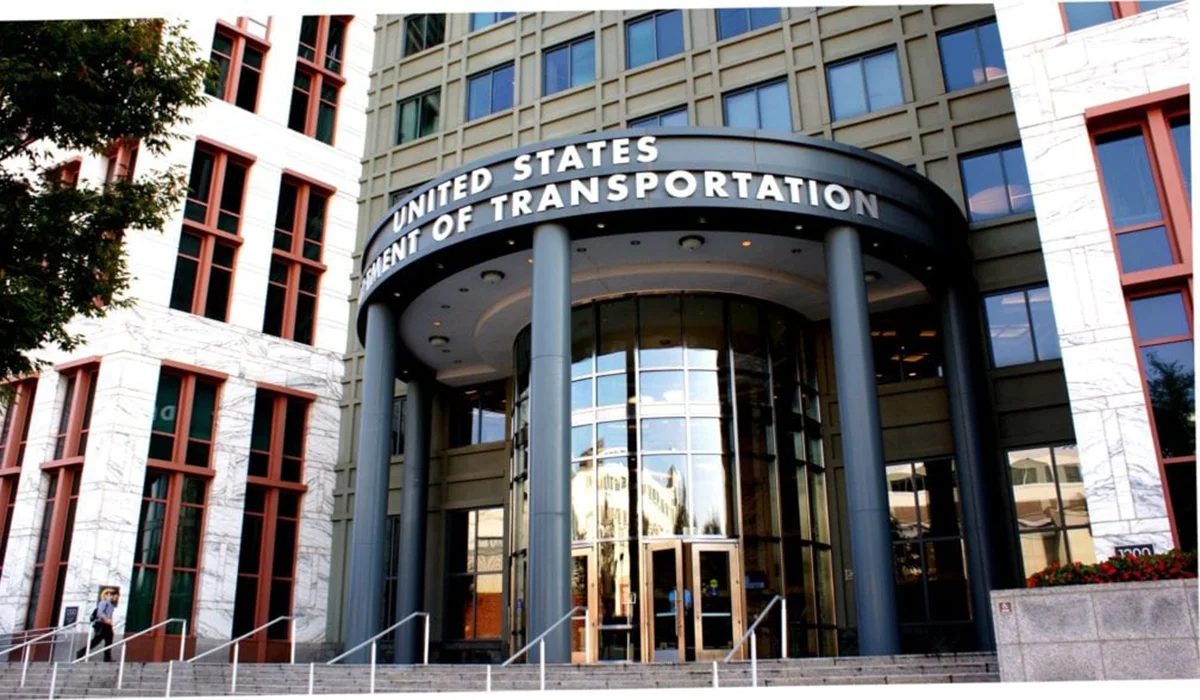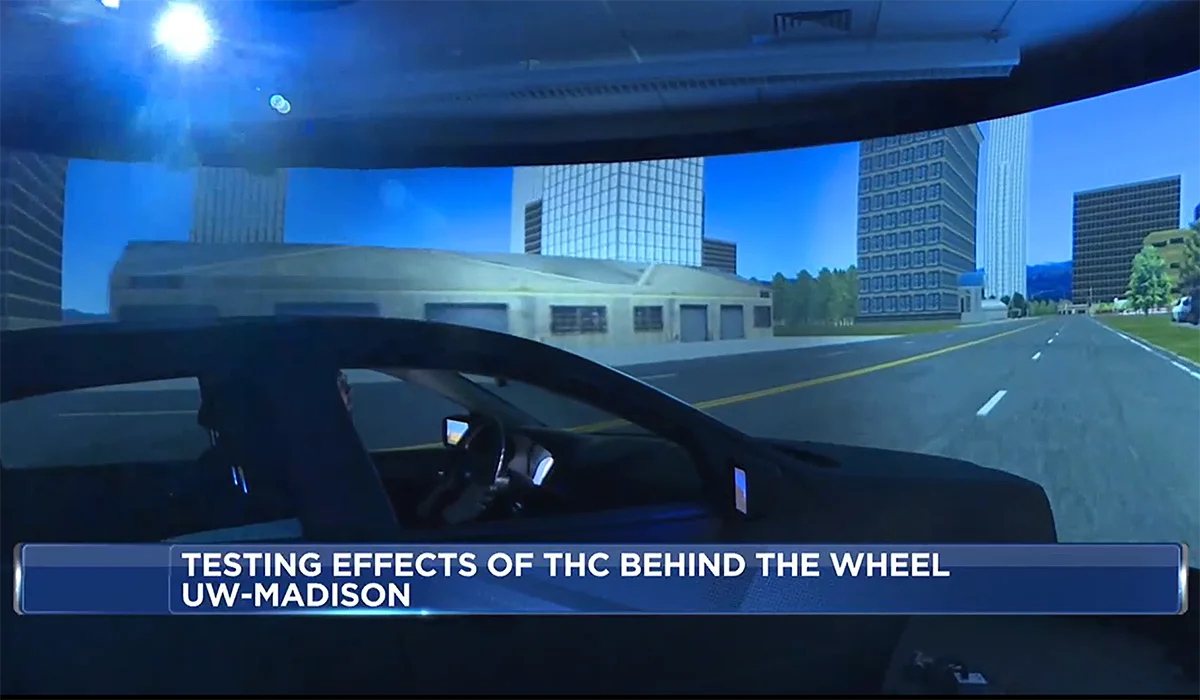The National Drug & Alcohol Screening Association (NDASA) published an outline of oral fluid specimen collection procedures as mandated by the U.S. Department of Transportation (DOT). These procedures are designed for drug testing under DOT regulations, ensuring proper and consistent handling during the collection and testing process. The guidelines include detailed instructions for:
- Responsibilities of Collectors: Collectors are trained individuals responsible for guiding employees during the collection process, securing samples, and ensuring proper documentation on the Federal Drug Testing Custody and Control Form (CCF).
- Collection Site Requirements: Establishing secure and compliant collection sites that prevent tampering and maintain privacy during the collection process.
- Oral Fluid Collection Process:
- Inspecting the employee’s oral cavity for foreign objects that could tamper with the specimen.
- Using approved collection devices and ensuring they are not expired.
- Properly handling and splitting specimens into containers with tamper-evident seals.
- Completing all sections of the CCF accurately.
- Handling Insufficient Specimens: Outlining protocols if an employee cannot provide enough saliva, including retrying with a waiting period or switching to urine collection if necessary.
- Training Requirements: Collectors must undergo specific qualification and proficiency training, including mock collections for various scenarios, to be eligible to conduct tests under DOT regulations.
- Compliance and Documentation: Maintaining rigorous documentation and following best practices to secure and ship specimens to certified laboratories.
These procedures play a critical role in advancing the reliability and fairness of DOT-regulated drug testing programs. By adhering to these standards, organizations not only protect the integrity of their testing processes but also reinforce their commitment to safety and accountability. The structured guidelines help mitigate risks associated with tampering or procedural errors, fostering trust among employers, employees, and the public. This framework is a vital step toward creating safer transportation environments and supporting a culture of compliance and responsibility.





